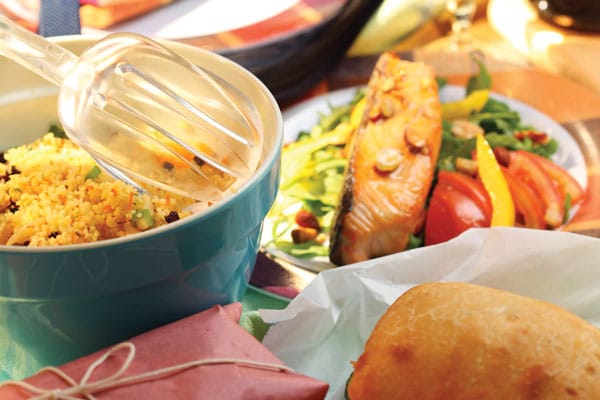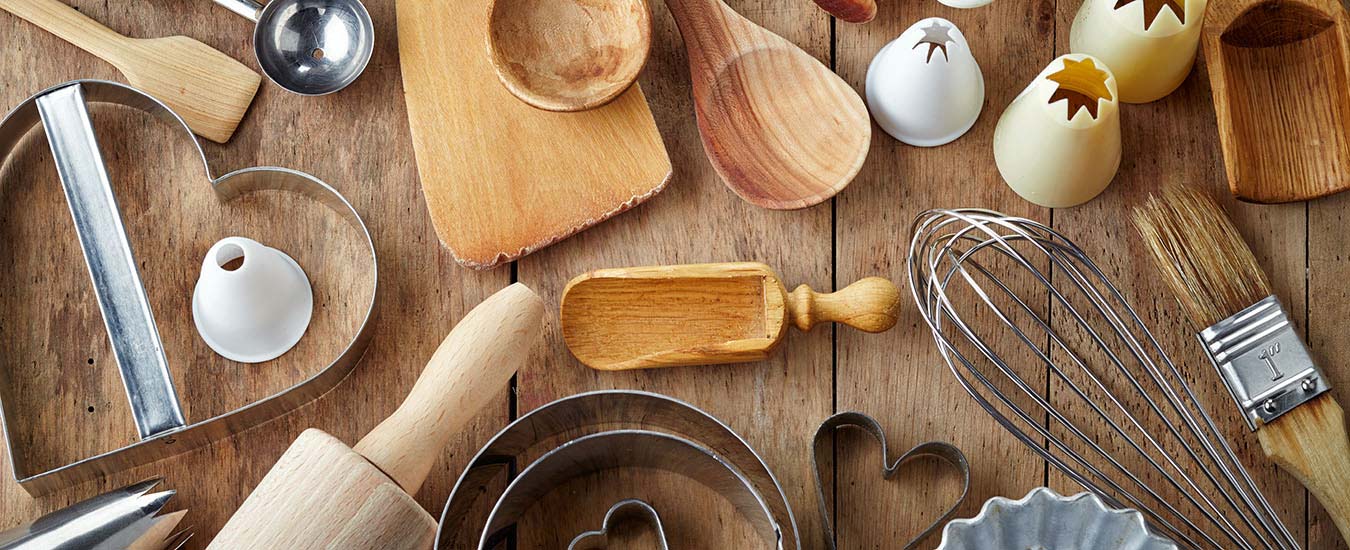After a long winter, Atlantic Canadians are revelling in the opportunity to get outside and soak up much missed rays. We will all be heading out to explore back roads and beaches, taking in the kid’s soccer and baseball games and maybe even indulging in a little fishing. Some of these excursions find us just far enough off the beaten path that restaurant dining just isn’t an option; for others the picnic is the preferred choice.

Regardless of the reason: when dining alfresco, safety is paramount.
There has been much debate over what is safe to put in a picnic basket. Stories of mayonnaise gone bad have taken on status usually only reserved for urban legends. Many of us have an Uncle Bob who fell ill mere moments after ingesting an egg salad sandwich at the annual church picnic. We now know that you will not feel the effects of salmonella for about 48 hours, or even up to 72 hours. But was it even the mayo that made Uncle Bob sick at all?
For more than 60 years scientists have been trying to answer that exact question and they believe that the answer is a resounding “no.” It is important to note that these studies were based on commercial mayonnaise, the kind you buy in the grocery store. What they have discovered is three factors that prove not only that mayo does not cause salmonella, it might, in fact, prevent it (and it might also be good for your heart).
The first two factors are the use of vinegar and lemon juice in large quantities. The third factor is that manufacturers of mayonnaise only use pasteurized eggs. Pasteurized eggs have been heat treated to destroy any harmful bacteria that they may contain. Homemade mayo is a truly amazing concoction all its own, however, it does not contain enough acidic content to have the same effect and chances are the eggs won’t be pasteurized. Homemade mayo is perfectly safe, but it should be consumed as soon as it has been made.
So, now that we know that mayo is safe should we be less concerned about the contents of our picnic baskets? No, in fact, quite the opposite. But we can pack safe and nutritious lunches by following a few simple safety rules, most of which begin before you even leave the house, in your own kitchen.
The first rule is never cross-contaminate. Certain foods contain higher bacteria counts—raw meat for example. If you slice raw meat and then use that knife to cut up fruit you are spreading that bacteria from the meat to the apple, where it will grow, given the right conditions. The same rule goes for cutting boards. Designate cutting boards for specific tasks. If you only have one, be sure to wash it thoroughly with hot soapy water between jobs.
Secondly, keep your hands clean. You will never meet a chef with soft hands; that’s because chefs are constantly washing their hands to prevent cross contamination, as the same bacterium that is on a knife after cutting the chicken can also be on the hands.
Keep hot and cold foods separate. Hot foods need to be transported in an insulated thermos that has been preheated with boiling water. Cold foods must be either frozen or cold to the touch before packing, and always use freezer packs or ice to help maintain their temperature. Freeze water bottles or juice packs and use them to keep other food cold. Place salads in a bowl with a tight fitting lid and nest this inside a larger lidded bowl filled with ice.
Once out of the house, keep your cooler or lunch bag in the coolest place possible. If picnicking, find a shady spot—never leave the cooler or food sitting out in the sun—and never take leftovers from a picnic home for reuse, they should be discarded.
Purchase small jars of condiments and dispose of them after your gathering. As with most things they are protected against bacteria growth until they are exposed to the air. Bring along hand wipes to ensure dirt from hands and under fingernails doesn’t contaminate the food.
When packing your cooler follow the same rules you’d use in your refrigerator at home: put meats on the bottom so that any juices that may leak will not pass over other foods. And one final note: never use the ice from the cooler for beverages.
By following a few basic safety guidelines, there is little to fear when heading out into the sunshine with your lunch and the benefits of breaking bread with family and friends far outweigh any hazards. The number one rule is to have fun. Picnicking is all about spending quality time with friends and family. No matter what you decide to pack, let your imagination run wild and make it interesting instead of the same old, same old.
